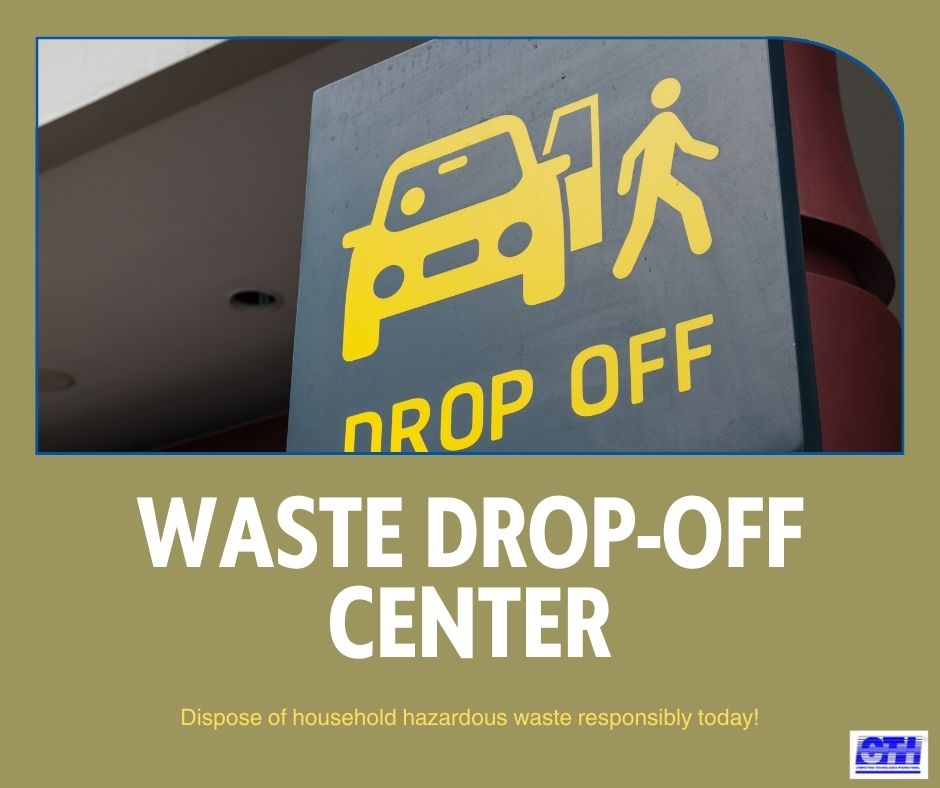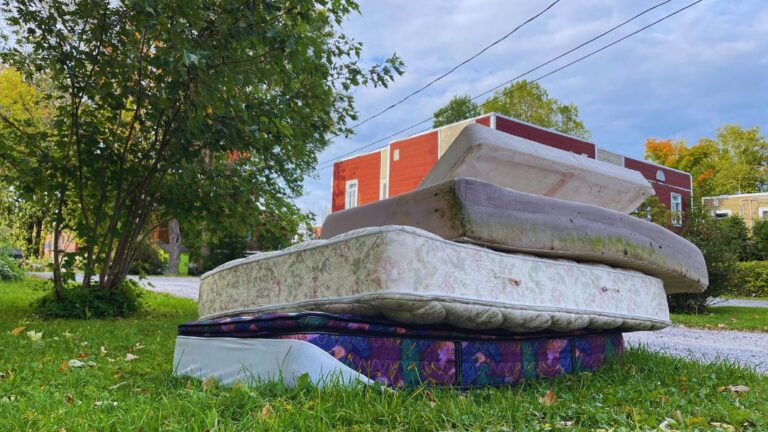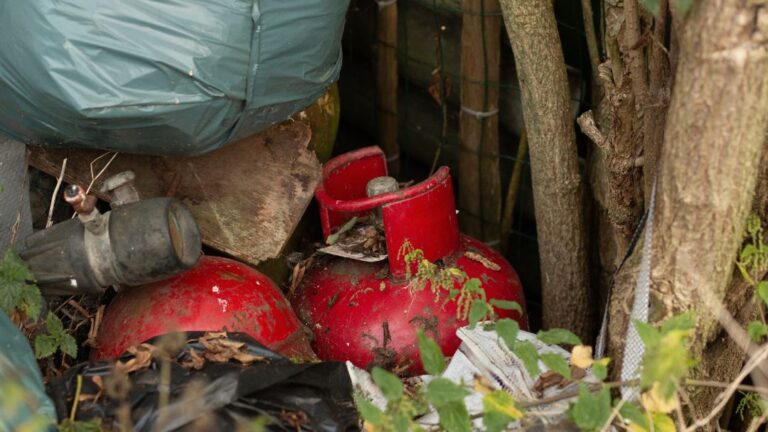Household wastes are our common everyday waste. But some of them can be hazardous. This group is referred to as Household Hazardous Waste (HHW).
Proper household hazardous waste disposal is essential because these wastes are dangerous, yet often ignored or improperly handled. This means that even though they are hazardous, they are still largely exposed to people, homes, and the community at large.
This guide takes a look at household hazardous wastes, what they are, and the right waste disposal methods to handle them.
What Is Household Hazardous Waste?
Before describing household hazardous waste, it’s important to take a look at what hazardous waste is.
The Resource Conservation and Recovery Act (RCRA) describes hazardous waste as a material of any form that can be harmful to human health or the environment if it’s not handled properly. RCRA hazardous wastes are federally controlled and are identified as being ignitable, corrosive, reactive, and toxic.
Household hazardous waste should have the same description, but hazardous waste regulations on individual households would be impractical. To curb this, congress exempted household hazardous waste from that definition under Title 40 of the Code of Federal Regulations Part 261.4. However, they are regulated at the state/local level, even though it is exempt from RCRA Subtitle C rules.
And so, The U.S. Environmental Protection Agency (EPA) defines household hazardous waste (HHW) as leftover consumer products that contain hazardous ingredients and require special handling during disposal.
Although they have the same characteristics as RCRA hazardous waste, they are exempt from strict RCRA regulations and are typically managed at the state or local level, often through community collection programs or municipal solid waste services.
Below are some common examples of household hazardous waste:
| Household Hazardous Waste | Examples |
| Cleaning Products | Oven cleaner, bleach, drain cleaner, toilet bowl cleaner |
| Automotive Products | Motor oil, antifreeze, brake fluid, car batteries |
| Lawn & Garden Chemicals | Pesticides, herbicides, insecticides, weed killers |
| Paint & Solvents | Oil-based paint, paint thinner, varnish, wood stain |
| Flammable & Gas Products | Propane tanks, kerosene, gasoline, lighter fluid |
| Indoor Pesticides | Roach spray, mothballs, rat poison, flea shampoo |
| Electronics & Batteries | Lithium-ion batteries, alkaline batteries, e-waste |
| Mercury-Containing Items | Fluorescent bulbs, old thermometers, thermostats |
| Household Medical Waste | Expired medications, sharps (needles), disinfectants |
Wrong Ways To Carry Out Household Hazardous Waste Disposal
Keeping in mind that household hazardous wastes are still hazardous in nature and so can harm the environment, here are some household hazardous waste disposal methods that should be avoided:
- Throwing in Regular Trash: This releases household hazardous wastes to the community leading to environmental pollution. It could lead to dangerous reactions if multiple hazardous wastes also mix together in the trash.
- Pouring Down the Drain or Toilet: Hazardous wastes that find their way into drains can contaminate water sources, damage septic systems, and disrupt wastewater treatment plants.
- Burning Hazardous Waste: Incineration leads to the release of toxic fumes into the air. This is particularly dangerous with plastics, paints, and solvents, which emit harmful dioxins and volatile organic compounds (VOCs).
How To Carry Out Proper Household Waste Management
Before needing to attempt household hazardous waste disposal it’s best to carry out one of the 3Rs of waste management (Reuse, Reduce, Recycle). By minimizing the generation of HHW, households can contribute to a safer environment and lower disposal costs.
Here are some of the best ways to do this:
- Buy Only What You Need
- Share or Donate Unused Products
- Choose Safer Alternatives whenever possible
- Switch to Rechargeable or Refillable Products
- Carry out waste recycling whenever possible
Despite efforts to reduce household hazardous waste, some waste will still be generated. It is important to dispose of it properly.
How To Carry Out Proper Household Waste Disposal

There are 2 major steps to proper household hazardous waste disposal:
Follow Safe Storage Before Disposal
While still in your domestic premises ensure proper storage of household hazardous waste. It is best to store them in well-labeled containers, keep them in a cool and dry place that can’t be reached by children.
One way you can do this is by having compactors specifically designed for safe storage. Compactors help to reduce waste size and keep them secure and unexposed. Once you’ve stored your household hazardous waste properly, follow the next step below.
Use Designated Household Hazardous Waste Drop-Off Sites
In most situations, the best method of disposing of household hazardous waste is a household hazardous waste collection site. These facilities accept various materials for proper disposal.
Each municipality has designated HHW collection facilities with specific locations, operating hours, and collection events. Make sure to check the guidelines and contact your local waste management authority for any facility in your area that does this.
Get High-efficiency Compactors from CTI Safe Storage
For your safe storage compactors to safely reduce the volume of hazardous and radioactive waste you store and hence dispose of, CTI Safety Storage provides high-quality compactors designed to minimize general waste and ensure safe storage before disposal. Explore our solutions for a cleaner, more efficient waste management system.
Want to go compactor shopping? Visit our website to explore our range of high-performance compactors. Save yourself and save the community from harmful exposure.




